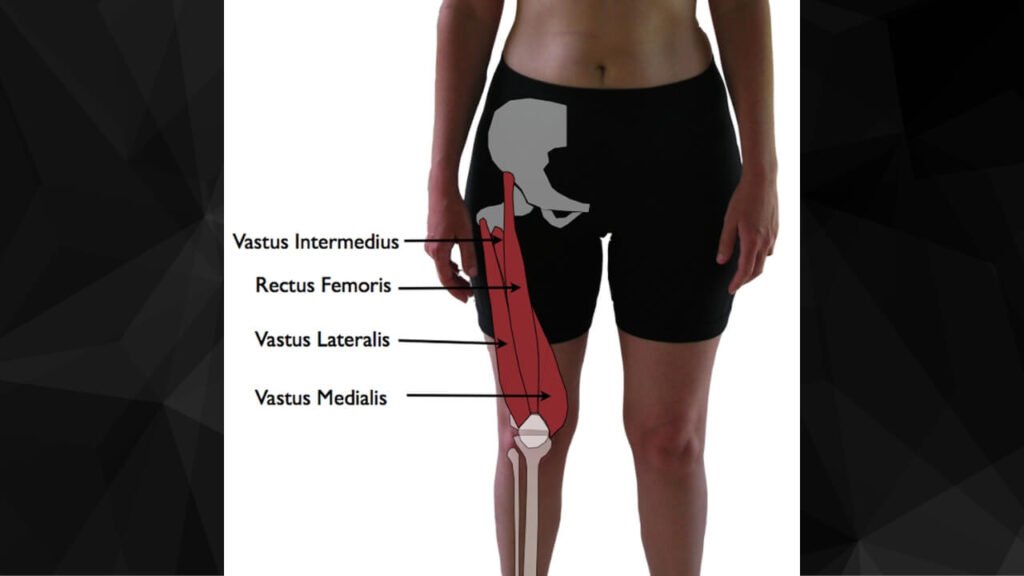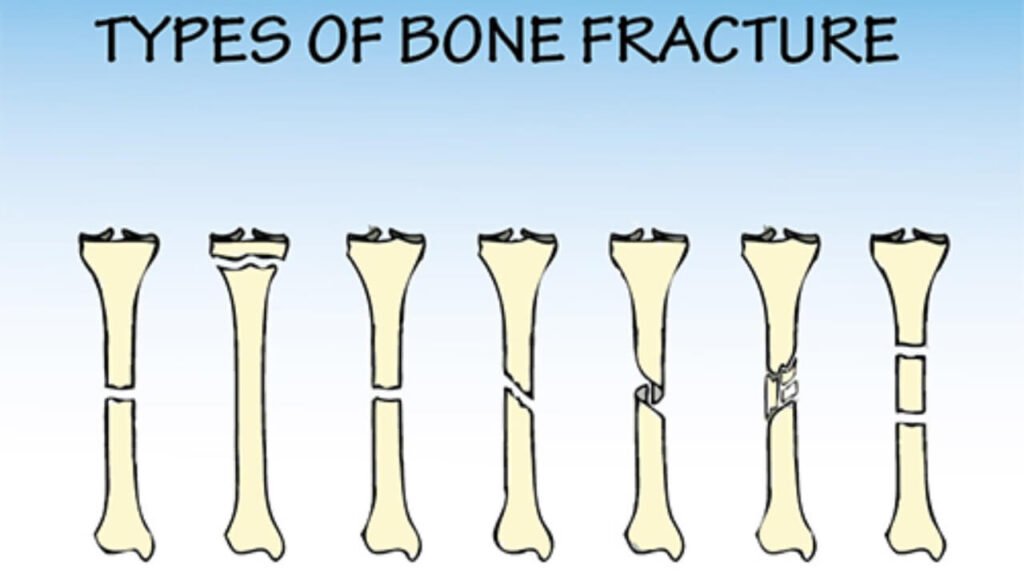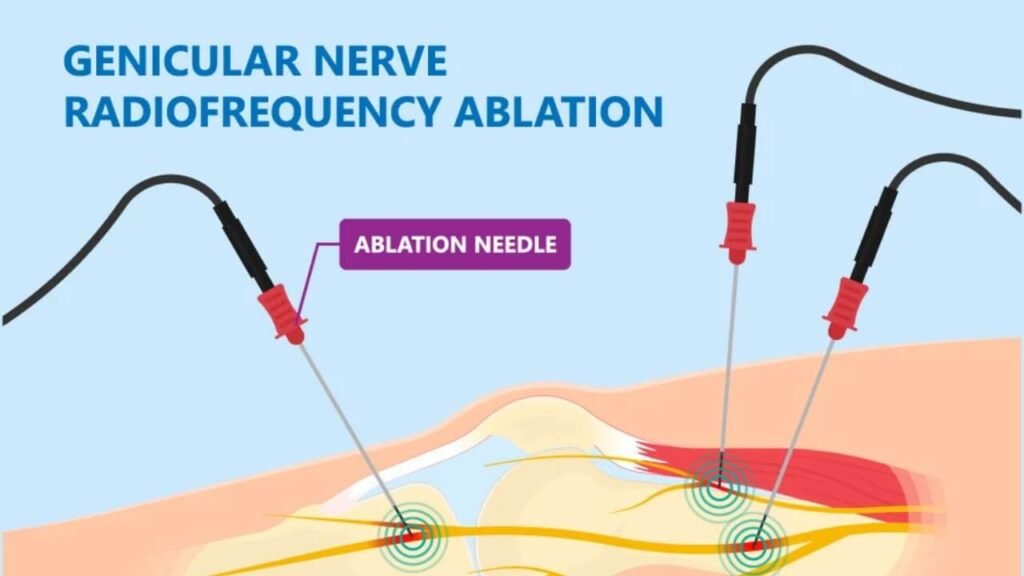Shoulder Pain Diagnosis Chart: Essential Guide

Shoulder pain can be a debilitating issue, affecting daily tasks from lifting groceries to typing at a desk. For many Americans, understanding the root cause of this discomfort is the first step toward relief. A shoulder pain diagnosis chart serves as a vital tool, helping individuals and healthcare providers pinpoint the source of pain and tailor effective treatment plans. This blog explores the intricacies of shoulder pain, offering a detailed guide to using diagnostic charts. By delving into common causes, diagnostic methods, and practical applications, we aim to empower readers with knowledge to navigate their shoulder health confidently.
The Importance of Accurate Diagnosis
Shoulder pain is not a one-size-fits-all condition. The shoulder, a complex ball-and-socket joint, comprises muscles, tendons, ligaments, and bones working in harmony. When this harmony is disrupted, pain can arise from various sources, such as injuries, inflammation, or degenerative conditions. Consequently, accurately identifying the cause is crucial for effective treatment. Misdiagnosis can lead to prolonged discomfort or worsening symptoms, making tools like a diagnostic chart indispensable.
The Role of Diagnostic Charts
These charts provide a structured approach, mapping out symptoms, potential causes, and diagnostic steps. For instance, pain during overhead movements might suggest rotator cuff issues, while stiffness could point to frozen shoulder. By systematically correlating symptoms with conditions, these charts help both patients and clinicians make informed decisions. Moreover, they bridge the gap between initial discomfort and professional evaluation, encouraging timely medical consultations.
Common Causes of Shoulder Pain
The shoulder’s complexity makes it susceptible to a range of issues. One prevalent cause is rotator cuff injuries, which include tears or tendonitis. These often result from repetitive motions, such as those in sports like tennis or occupations involving overhead work. Another common culprit is shoulder impingement, where tendons are compressed during movement, causing pain and restricted mobility.
Frozen Shoulder and Arthritis
Frozen shoulder, or adhesive capsulitis, is another condition, particularly affecting those over 40. It leads to stiffness and pain, often developing gradually and persisting for months. Arthritis, both osteoarthritis and rheumatoid, can also affect the shoulder, causing joint inflammation and cartilage breakdown. Additionally, shoulder instability—often due to dislocations—can lead to recurring pain, especially in younger, active individuals.
Other Potential Causes
Less common but significant causes include referred pain from the neck or upper back, fractures, or even heart-related issues in rare cases. Each condition presents unique symptoms, underscoring the need for a shoulder pain diagnosis chart to differentiate them effectively.
Understanding the Shoulder Pain Diagnosis Chart
A shoulder pain diagnosis chart is a visual or textual guide that organizes symptoms and links them to potential diagnoses. Typically, it begins with questions about the pain’s nature—Is it sharp or dull? Does it worsen with movement or at rest? These questions narrow down possibilities. For example, pain radiating down the arm might suggest a pinched nerve, while localized tenderness could indicate bursitis.
Incorporating Physical Exams
Next, the chart may incorporate physical exam findings, such as range-of-motion tests or strength assessments. For instance, a positive “empty can test” (pain when resisting downward pressure with an outstretched arm) often points to rotator cuff pathology. Some charts also include imaging recommendations, like X-rays for fractures or MRIs for soft tissue damage.
Limitations and Collaboration
Importantly, these charts are not standalone diagnostic tools. They guide initial assessments, helping patients articulate symptoms to healthcare providers. As Dr. John M. Gross, an orthopedic surgeon, notes:
“A well-structured diagnostic chart empowers patients to communicate effectively, streamlining the path to accurate diagnosis and treatment.”
This collaboration enhances outcomes, ensuring symptoms are neither overlooked nor misattributed.
Step-by-Step Use of a Diagnosis Chart
To effectively use a diagnostic chart, patients should approach it methodically. First, they must document their symptoms in detail. This includes the pain’s onset (sudden or gradual), location (front, side, or back of the shoulder), and triggers (e.g., lifting, sleeping, or rest). Noting associated symptoms, like swelling or numbness, is equally important.
Matching Symptoms to Conditions
Once symptoms are recorded, the chart guides users through a series of questions or observations. For example, it might ask whether pain worsens at night, a hallmark of rotator cuff issues. Users then match their answers to potential conditions listed on the chart. Some advanced charts include visual aids, such as diagrams highlighting pain locations or movement patterns.
Next Steps
After identifying possible causes, the chart often suggests next steps, such as consulting a doctor or performing specific tests. For instance, if impingement is suspected, a physician might conduct a Neer’s test to confirm. This step-by-step process demystifies shoulder pain, making it easier to seek targeted care.
The Role of Medical Professionals
While diagnostic charts are valuable, they are not substitutes for professional evaluation. Orthopedic specialists, physical therapists, and primary care physicians bring expertise that charts cannot replicate. They use diagnostic tools like MRIs, ultrasounds, or arthroscopy to confirm findings suggested by a chart.
Considering Broader Factors
Moreover, professionals consider factors charts may overlook, such as medical history or lifestyle. For example, a patient with diabetes is more prone to frozen shoulder, a nuance a chart might not address. Clinicians also interpret subtle symptoms, like crepitus (joint sounds), which could indicate arthritis or labral tears.
Seamless Transition to Care
Transitioning from self-assessment to professional care is seamless with a chart. It equips patients with precise language to describe their pain, reducing diagnostic delays. Consequently, this partnership between patient and provider enhances accuracy and accelerates recovery.
Advances in Diagnosis
Recent advancements have refined shoulder pain diagnosis, complementing traditional charts. According to a 2023 study published on Google Scholar, machine learning algorithms are being integrated into diagnostic tools, improving accuracy in identifying conditions like rotator cuff tears (Smith et al., 2023). These technologies analyze vast datasets, correlating symptoms with imaging results to predict diagnoses.
Wearable Devices
Additionally, wearable devices now track shoulder movement, providing real-time data for clinicians. Such innovations supplement charts, offering dynamic insights into pain triggers. However, these technologies remain adjuncts to clinical judgment, ensuring human expertise remains central.
Patient Empowerment
For patients, staying informed about these advancements empowers them to ask informed questions during consultations. Combining cutting-edge tools with a diagnostic chart creates a robust diagnostic framework, blending tradition with innovation.
Managing Shoulder Pain
While awaiting diagnosis, patients can take proactive steps to manage shoulder pain. Resting the shoulder, particularly avoiding aggravating movements, is critical. However, complete immobilization should be avoided, as it risks stiffness. Gentle stretching, guided by a physical therapist, can maintain mobility.
Pain Relief Methods
Applying ice or heat can also alleviate discomfort. Ice is effective for acute injuries, reducing swelling, while heat soothes chronic stiffness. Over-the-counter medications, like ibuprofen, may help, but long-term use should be supervised by a doctor.
Posture and Ergonomics
Maintaining good posture is another practical measure. Slouching or forward head positions strain the shoulder, exacerbating pain. Ergonomic adjustments, such as raising computer monitors to eye level, can make a significant difference. These strategies, paired with insights from a chart, support patients in managing symptoms effectively.
When to Seek Urgent Care
Not all shoulder pain requires urgent care, but certain symptoms warrant immediate attention. Sudden, severe pain following trauma, like a fall, may indicate a fracture or dislocation. Similarly, pain accompanied by chest discomfort or shortness of breath could signal a heart issue, particularly in older adults.
Acting Promptly
Other red flags include significant swelling, deformity, or inability to move the shoulder. These suggest serious conditions requiring prompt evaluation. A diagnostic chart can highlight these warning signs, prompting users to seek emergency care when necessary.
Conclusion
Navigating a shoulder pain diagnosis chart can feel overwhelming, but tools like a diagnostic chart offer clarity and direction. By systematically linking symptoms to potential causes, these charts empower Americans to take charge of their health. From rotator cuff injuries to frozen shoulder, understanding the underlying issue is the first step toward recovery. Coupled with professional expertise and emerging technologies, these charts pave the way for accurate diagnoses and effective treatments. Ultimately, they remind us that knowledge is power—equipping us to move freely and live fully, unhindered by shoulder pain.








































































































































































































































































































































































































































































































